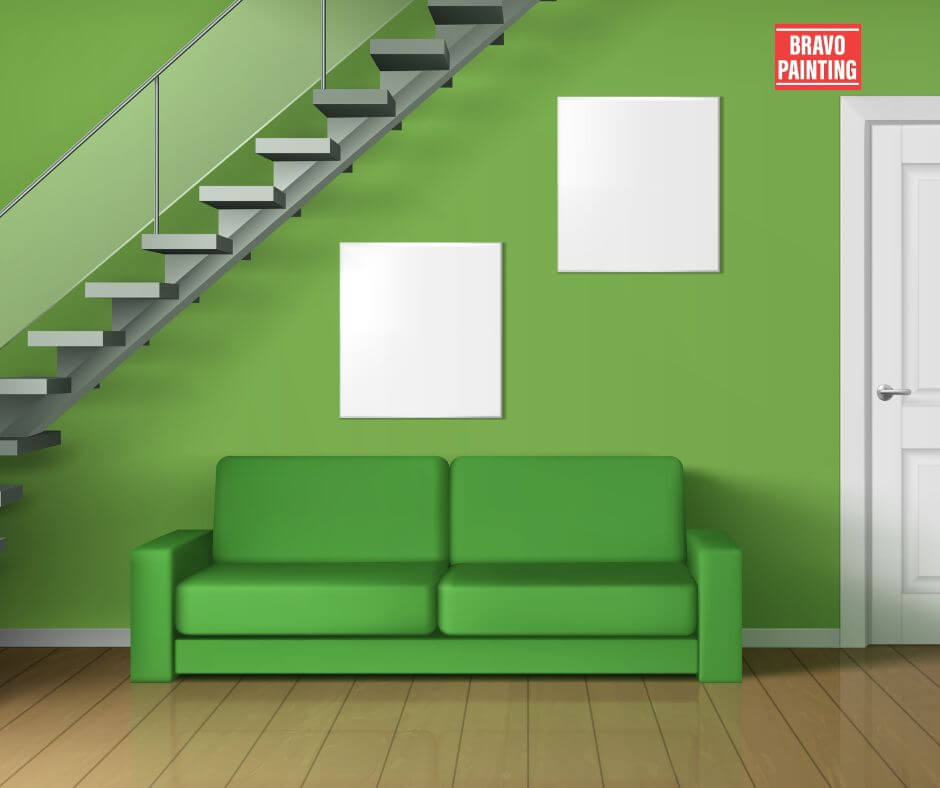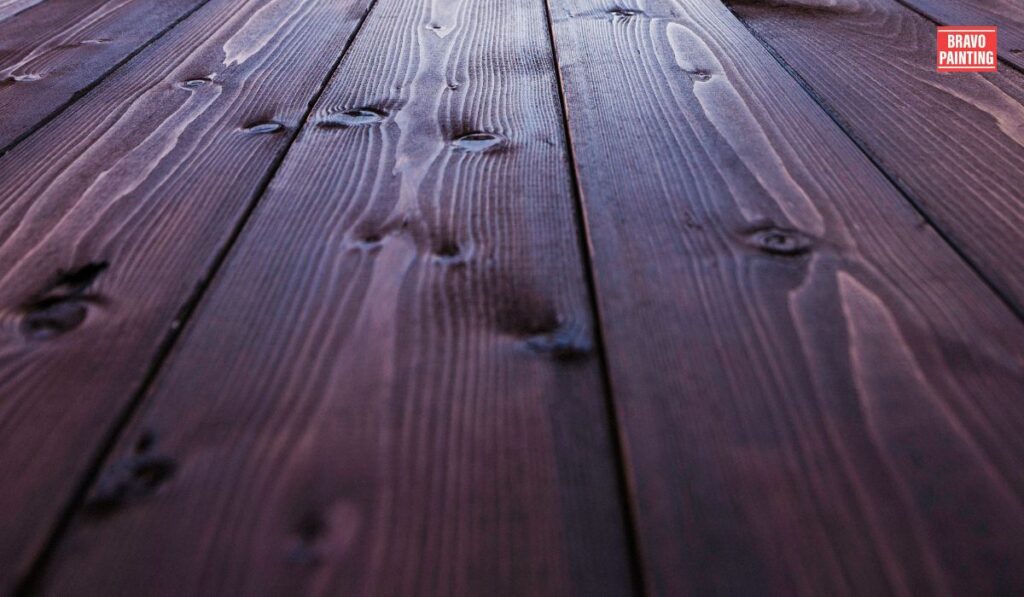Painting your home is one of the most effective and affordable ways to refresh its appearance and increase its value. Whether you’re planning to tackle the project yourself or hire professionals, understanding the costs involved is crucial for budgeting and making informed decisions. In this comprehensive cost guide, we’ll explore the various factors that influence the cost of painting your home and provide valuable insights to help you plan your project effectively.
Factors Influencing the Cost of Painting:
Type of Paint:
The type of paint you choose significantly impacts the overall cost. High-quality paints tend to be more expensive, but they often provide better durability and a more professional finish. Consider factors such as the paint’s durability, sheen, and coverage when making your selection.

Surface Preparation:
Proper surface preparation is essential for a successful paint job. If your walls require extensive cleaning, patching, or sanding, it will increase the labor costs. Neglecting this step may result in a subpar finish and reduced paint durability.
Square Footage:
The size of the area to be painted is a primary determinant of cost. Most professional painters charge per square foot, so accurately measuring the surface area will help you estimate the amount of paint needed and the associated costs.
Number of Rooms:
Painting multiple rooms may come with bulk discounts from professional painters. However, keep in mind that the complexity of the project, such as the number of doors, windows, and intricate details, can also affect the overall cost.
Type of Paint Finish:
Different paint finishes, such as flat, eggshell, satin, semi-gloss, and high-gloss, come at varying price points. The choice of finish depends on the room’s function and your aesthetic preferences.
Labor Costs:
Hiring professional painters will incur labor costs, and rates can vary based on factors like location, experience, and the complexity of the job. Obtaining multiple quotes and checking references can help you find a balance between quality and affordability.
DIY vs. Professional Painting:
If you decide to tackle the project yourself, consider the costs of paint, brushes, rollers, drop cloths, and other supplies. While DIY painting can save money, it requires time, effort, and skill to achieve a professional finish.
Additional Services:
Extra services, such as wallpaper removal, drywall repairs, or intricate paint designs, will add to the overall cost. Clearly communicate your expectations with the painters to get accurate estimates.
Budgeting Tips:
Obtain Multiple Quotes:
Don’t settle for the first quote you receive. Get estimates from multiple painters and compare their prices, services, and reviews to make an informed decision.
Quality Over Quantity:
Investing in high-quality paint and professional labor may cost more upfront, but it often pays off in the long run with a more durable and aesthetically pleasing finish.
Plan for Contingencies:
Unexpected issues may arise during the painting process, such as hidden damages or additional repairs. Set aside a contingency budget to cover any unforeseen expenses.
Consider Seasonal Discounts:
Some painters offer discounts during the off-season when demand is lower. Planning your project during these times can potentially save you money.
Choosing the Right Colors:

Once you’ve considered the cost factors, it’s time to think about the colors that will enhance your home’s aesthetic appeal. While paint color doesn’t directly impact the monetary aspect of the project, it plays a significant role in the overall outcome. Consider factors like the size of the room, natural light, and existing furniture when selecting colors. Many paint suppliers provide color samples or virtual tools to help you visualize how different shades will look in your space.
Environmental Considerations:
Beyond the aesthetic and financial aspects, it’s essential to consider the environmental impact of your painting project. Choose paints with low or zero volatile organic compounds (VOCs) to minimize harmful emissions. Eco-friendly paint options are not only better for the environment but also contribute to a healthier indoor air quality for your home.
Maintaining Your Investment:
Once your home is freshly painted, it’s important to implement a maintenance plan to preserve the investment you’ve made. Regular cleaning and inspection can prevent issues such as mold growth, stains, or peeling paint. High-traffic areas may require touch-ups over time, so keeping a small supply of your chosen paint color for such occasions can save you from larger, more expensive repairs down the line.
DIY Painting Tips:
If you decide to take on the painting project yourself, follow these tips to ensure a successful outcome:
Prepare the Surface:
Thoroughly clean and prime the surfaces before applying paint. Smooth and clean walls contribute to a more professional finish.
Invest in Quality Tools:
High-quality brushes, rollers, and painter’s tape can make a significant difference in the final result. Good tools lead to smoother application and a more polished appearance.
Protect Your Furniture and Floors:
Cover furniture and floors with drop cloths to prevent accidental spills and splatters. This precaution can save you from costly and time-consuming cleanups.
Follow Proper Techniques:
Learn and apply proper painting techniques, such as cutting in and edging, to achieve clean lines and a professional finish. Many online tutorials and guides can provide valuable insights.
Take Breaks:
Painting can be a physically demanding task. Take breaks to avoid fatigue and ensure that you maintain focus on achieving a high-quality finish.
Conclusion:
In conclusion, embarking on a home painting project requires thoughtful consideration of various factors to ensure a successful outcome. By assessing the type of paint, surface preparation, square footage, and labor costs, you can create a budget that aligns with your goals and preferences. Whether you choose the DIY route or hire professional painters, planning for contingencies and investing in quality materials will contribute to a lasting and visually appealing finish.
For a seamless and stress-free painting experience, consider reaching out to professionals who can provide accurate estimates, quality workmanship, and valuable insights. If you’re in need of reliable painting services, Bravo Painting is a trusted choice. Visit Bravo Painting to learn more about their expertise and to request a quote for your upcoming project.
FAQs
How does the type of paint affect the overall cost of painting my home?
The type of paint you choose significantly influences the cost. Higher-quality paints may be more expensive, but they often provide better durability and a more professional finish. Consider factors like durability, sheen, and coverage when selecting paint.
Why is surface preparation crucial, and how does it impact costs?
Proper surface preparation is essential for a successful paint job. Extensive cleaning, patching, or sanding increases labor costs. Neglecting this step may result in a subpar finish and reduced paint durability.
How does the square footage of my home affect the painting cost?
The size of the area to be painted is a primary cost determinant. Professional painters often charge per square foot. Accurately measuring the surface area helps estimate the paint needed and associated costs.
Are there discounts for painting multiple rooms, and how do project complexities factor into costs?
Painting multiple rooms may come with bulk discounts. However, project complexities, such as the number of doors, windows, and intricate details, can also affect overall costs.
What role does the type of paint finish play in the cost of painting?
Different paint finishes come at varying price points. Choices like flat, eggshell, satin, semi-gloss, and high-gloss impact costs. The finish selection depends on the room’s function and aesthetic preferences.
How do labor costs vary, and what factors influence them?
Hiring professional painters incurs labor costs, which can vary based on location, experience, and project complexity. Obtaining multiple quotes and checking references helps find a balance between quality and affordability.
What should I consider when deciding between DIY and professional painting?
DIY painting involves costs for paint, brushes, rollers, and other supplies. While it can save money, achieving a professional finish requires time, effort, and skill.
How do additional services, such as wallpaper removal or intricate paint designs, impact overall costs?
Extra services add to the overall cost. Clearly communicate your expectations with painters to receive accurate estimates for additional services.
What budgeting tips should I follow when planning my painting project?
Obtain multiple quotes, prioritize quality over quantity, plan for contingencies, and consider seasonal discounts to make informed decisions about budgeting.
How do I choose the right paint colors for my home?
Consider factors like room size, natural light, and existing furniture when selecting colors. Many paint suppliers offer color samples or virtual tools to help visualize different shades in your space.
Why is it important to consider environmental factors when painting my home?
Choose paints with low or zero volatile organic compounds (VOCs) to minimize harmful emissions. Eco-friendly paint options contribute to a healthier indoor air quality and are better for the environment.
How can I maintain my freshly painted home and preserve my investment?
Implement a maintenance plan with regular cleaning and inspections to prevent issues like mold growth, stains, or peeling paint. Keep a small supply of your chosen paint color for touch-ups in high-traffic areas.
What are some DIY painting tips for a successful outcome?
Thoroughly prepare surfaces, invest in quality tools, protect furniture and floors with drop cloths, follow proper painting techniques, and take breaks to avoid fatigue for a high-quality finish.
House Painting

